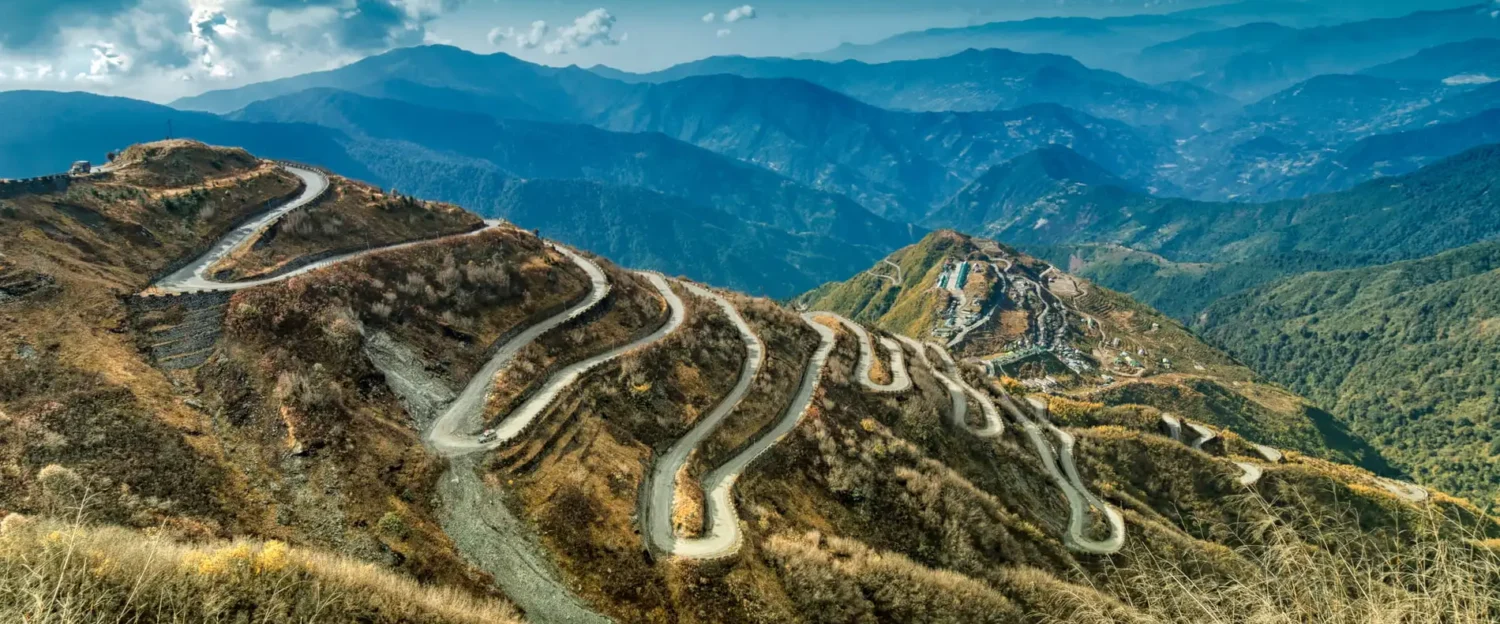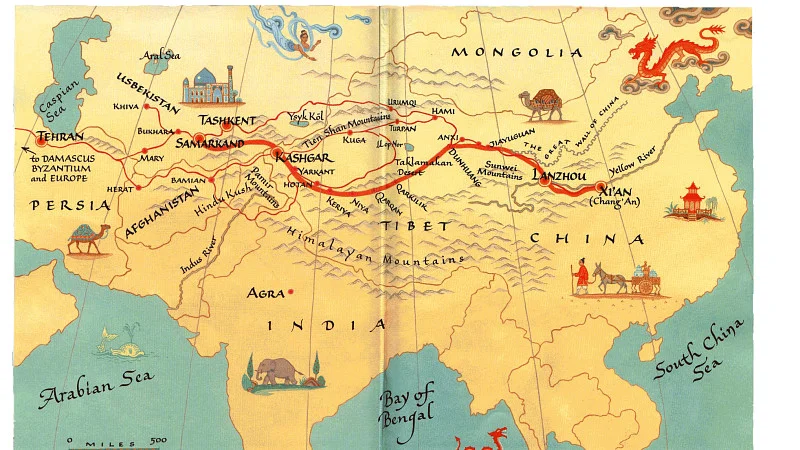As we stop our virtual caravan on the thoughtful turning point, we cannot but think about deep meets and practices at the Silk Way that occurred between 16 and 17 Centuries. So far, the odyssey has unraveled as a magical loom mercerized with the warps of trade, art, avatar, culture evocation, that have formed the frail buildings of destiny and inspired untold lives. These cultural exchanges are a topic that should be considered to determine them and the importance of that greatness then and now.
Architectural Synthesis
Earlier in our Silk Road journey, we met with architectural marvels that attest to the wealth of synthesized influences. Great structures along the Silk Road are not mere monuments but creations that reflect cultures as well as civilizations that have wandered alongside each other and intermingled. Based on cities such as the intricate artwork of tilework of Samarkand to the sacred beauty of Jerusalem, the Silk Road can attribute construction to rectifications of the intermingling of cultures and mix civilizations. The meditations on these architectural wonders encourage us to consider how the architecture of the societies of the Silk Road conserved the resilience and adaptability embedded in their architectural legacy.
Cultural Resilience
Minutely recreated by sources primary, cultural festivals emphasize the vitality as well as potentiality of the Silk Road civilizations. Geography is not an obstacle; different groups coalesce to celebrate, ignoring religious and cultural borders. Reflections on these festivals emphasize that there is the universal desire that is seen among mankind in observing joy in life together, this linking civilizations in a bond of equal recognition.
Spiritual Unity
Sites like the Western Wall and the Dome of the Rock in Jerusalem facilitate such a spiritual ambiance, which is a stark reflection upon Silk Road as an intersection of religions. The prayers and rituals which are deeply drawn on these holy sites persist across religious boundaries, speaking of a shared spiritual inheritance which spans eon (Xie et al. 3). This analysis of these spiritual experiences engenders consideration regarding the prevalent visual patterns that run through the different religions along the Silk Road.
Culmination of Cultures
On the Silk Road, we see the fusion of cultures from the markets, caravanserais and cultural festivals as a synthesis of the human creativity and interactions. We observe it was a space where two people met a bustling market, they shared ideas, they shared goods and so they shared culture. The Silk Road was not just a path but a region where culture interacted and influenced one another.
Legacy and Contemporary Connections
From the perspective of European Union member states, they face a strong challenge from foreign labor, because they fail to fully open their labor market and integrate migrant workers.
Silk Road’s Wealth and Legacy A Legacy to Present Standards Although our reflections here do not extend beyond the historical context, contemplating the lasting and far-reaching legacy of the Silk Road, in our contemporary world, would be deeply gratifying (Mishra 2). There is a perpetual reverberation of the interconnections observed along the scenic Silk Road in our globalized world today, confirming that cultural exchange indeed shapes the multifaceted nature of mankind. In these quiet contemplations, we ask that you reflect upon the permanent influences of the Silk Road cultural’ s accomplishments. As we move virtually, I want these reflections to act as landmarks, enlightening what continues to be the sturdiness of the Silk Road’s function in building shared understanding, unity, and cultural complexity through all of human history.
Trip Down The Imaginary Silk Road
An Imaginary Travel Log

